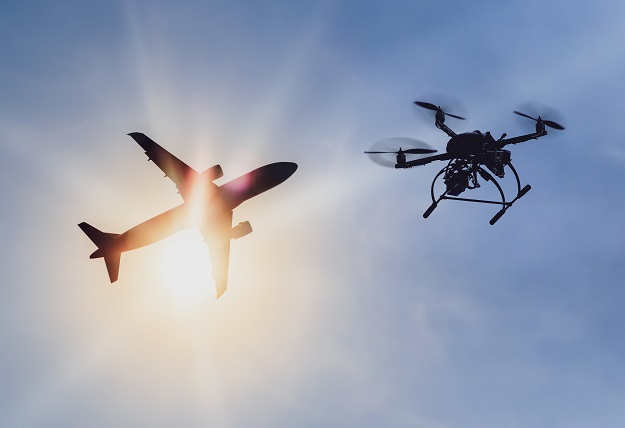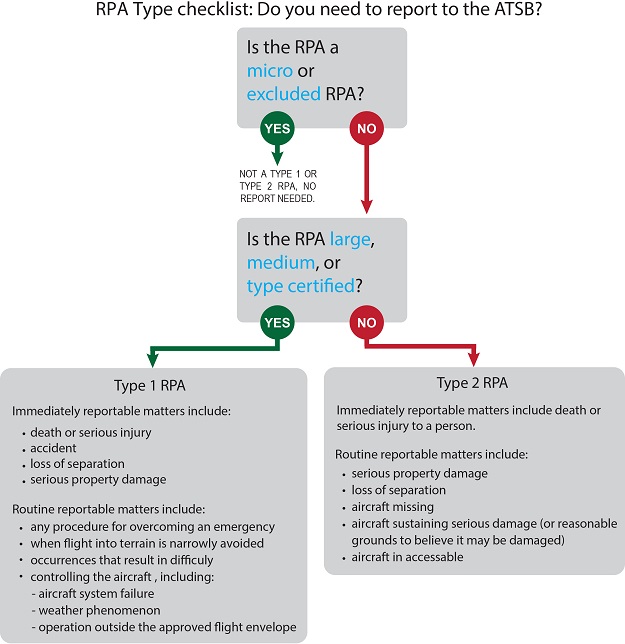
Image credit: ©stock.adobe.com/au/toa555
From 30 September there will be updated requirements for operators of certain types of remotely piloted aircraft (RPAs) to make safety reports to the Australian Transport Safety Bureau (ATSB).
As of that date, the Transport Safety Investigation Regulations 2003 will be repealed and replaced by the new Transport Safety Investigation Regulations 2021.
The new regulations will continue to require the reporting of certain transport safety occurrences to the ATSB as immediately or routine reportable matters.
“RPAs are an emerging form of commercial aviation that will benefit from investigation into systemic safety issues to help prevent future accidents,” said ATSB Chief Commissioner, Angus Mitchell.
“The recognition of transport safety issues associated with the operation of RPAs, will be a welcome development, and provide greater certainty for commercial operators and enthusiasts alike.
“For the ATSB, it’s an exciting opportunity to apply our world-leading aviation safety investigation capabilities, and improve safety outcomes in a growing field.”
The regulations will categorise relevant RPAs as type 1 or type 2.
RPAs that have been certified against relevant airworthiness standards (type certification), and large (greater than 150kg) and medium RPAs (more than 25kg but not more than 150kg) are defined as type 1.
The ATSB says these kinds of RPAs are an emerging form of commercial aviation that will benefit from investigation into systemic safety issues to help prevent future accidents.
Type 2 RPAs are defined as those RPA that are not type 1, excluded or micro RPA (gross weight of not more than 250 grams) and will have fewer reporting requirements. The ATSB says that investigations are unlikely for these operations unless there is serious risk of harm to people or significant third-party property.
RPAs that are not type 1 or type 2 including excluded or micro RPA will have no reporting requirements under these regulations.

The ATSB says that mandatory reporting for certain occurrences involving type 1 and type 2 RPA (see below) will enable it to properly measure, investigate and report on safety trends in the RPA sector. The ATSB points out that it investigates incidents from a ‘no-blame’ perspective, prioritising improved safety outcomes.
Under the updated requirements, Type 1 operators will be required to immediately report to the ATSB RPA occurrences involving:
- death or serious injury
- accidents
- loss of a separation standard with aircraft
- serious damage to property
Less serious incidents and occurrences are required to be reported to the ATSB within 72 hours.
Occurrences involving Type 2 RPAs will generally only need to be immediately reported to the ATSB if they involve death or serious injury, while less serious incidents and damage to the RPA will need to be reported within 72 hours.
Reports can be made on the ATSB website, or by calling 1800 011 034.
Stay up to date by getting stories like this delivered to your inbox.
Sign up to receive our free weekly Spatial Source newsletter.







